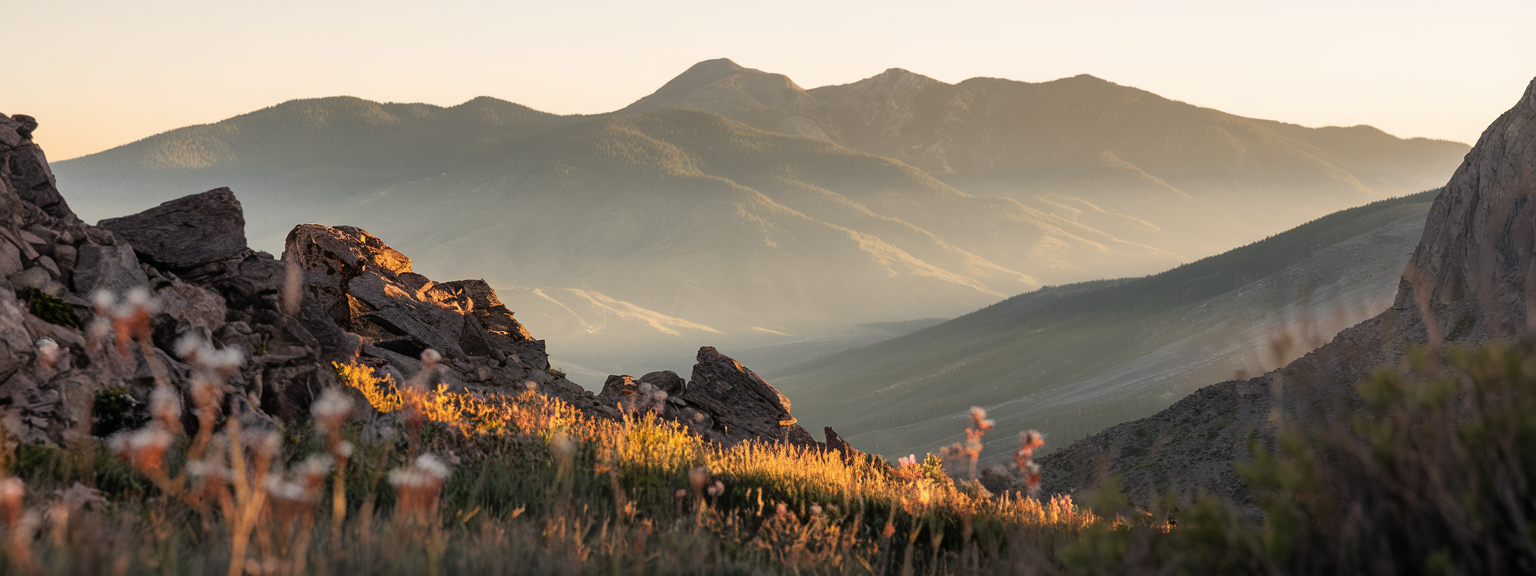Mastering the Art of Capturing Breathtaking Landscapes

The fascination of Capturing Breathtaking Landscapes lies in translating the magnificence of nature into images that evoke awe, serenity, and wonder. Whether it’s glowing horizons, dramatic mountain ranges, or mist-covered hills, landscape photography requires patience, preparation, and technical expertise. In this guide, we will explore comprehensive landscape photography tips, practical outdoor photography techniques, and a detailed nature photography guide designed for photographers of all levels.
📝 Step-by-Step Guide: Capturing Breathtaking Landscapes
1. Preparation & Planning
Every great landscape capture begins long before your camera is unpacked. Scouting and preparation are vital. Identify potential landscapes using tools such as Google Earth, The Photographer’s Ephemeris, or platforms with geo-tags like Instagram. Plan your sessions around the golden hour for warm, dramatic tones, or the blue hour for tranquil, ethereal light.
2. Selecting the Right Gear
- Camera Body: Full-frame DSLRs or mirrorless cameras provide superior dynamic range, though crop sensors are excellent for portability.
- Lenses: Wide-angle lenses (16–35mm) for expansive vistas, and telephoto lenses (70–200mm) to isolate details.
- Tripod: Essential for sharp exposures, especially in low light or when using slow shutter speeds.
- Filters: Neutral Density (ND) filters for managing exposure and polarizers to enhance skies and reduce reflection.
3. Exposure & Lighting
Control over light and exposure is the backbone of natural light photography. Keep ISO between 100–400 for noise-free images. Use apertures from f/8 to f/16 for sharpness across the frame. Employ slow shutters to capture motion, whether flowing rivers or drifting clouds.
4. Image Composition
- Follow the Rule of Thirds to balance horizons and skies.
- Utilize leading lines such as rivers, fences, or trails to direct viewers’ attention.
- Incorporate foreground interest like stones, foliage, or architectural features to add depth.
5. Post-Processing
Subtle editing enhances your photographs without distorting the natural scene. Adjust highlights, shadows, and contrast in Lightroom or Capture One. Avoid oversaturation or excessive clarity which risks undermining authenticity.
📌 Practical Applications: Capturing Breathtaking Landscapes
1. Travel Photography
Elevate your journeys by documenting scenic landscapes for blogs, magazines, or portfolio use.
2. Fine Art Prints
Landscapes lend themselves to stunning wall art, offering a pathway for photographers to monetize work through physical or digital prints.
3. Environmental Awareness
Many photographers use their visuals to support ecological conservation and highlight the beauty of natural spaces worth preserving.
4. Content Creation & Digital Media
From Instagram posts to online exhibitions, capturing captivating landscapes boosts engagement and reaches wider communities.
💡 Tips & Tricks: Capturing Breathtaking Landscapes
- Wait for shifts in weather or light—patience is often the most powerful tool.
- Shoot in RAW for maximum editing flexibility.
- Experiment with different perspectives, such as low ground shots or aerial drone imagery.
- Bracket exposures when faced with high-contrast environments.
📸 Sample Scenario
Imagine reaching a mountain ridge before dawn. As the sun crests, position your camera on a stable tripod with a wide-angle lens, aperture set to f/11, ISO 200, and shutter speed at 1/50. Place a rugged boulder in the foreground to add depth. Align the horizon along the upper third for balanced composition. Capture bracketed exposures as the light evolves, ensuring details across shadows and highlights. The result is a compelling narrative of scale and intimacy with nature.
✅ Key Do’s for Effective Usage
- Carry spare batteries and memory cards to avoid interruptions.
- Preserve authenticity by minimizing heavy edits.
- Always act responsibly around fragile ecosystems.
- Plan ahead with reliable weather prediction tools.
- Utilize manual focus for precise control in challenging conditions.
❌ Common Mistakes to Avoid
- Shooting in harsh midday light produces flat images.
- Overly cluttered compositions diminish impact.
- Unnecessarily high ISO in daylight reduces quality.
- Neglecting the foreground results in flat, uninspiring frames.
- Excessive editing compromises realism.
🔄 Troubleshooting & FAQs
Why do my landscape photos often look flat?
Flatness usually results from poor lighting. Shoot during golden or blue hours and include elements that establish foreground and background depth.
What outdoor photography techniques should beginners start with?
Use a tripod for stability, shoot in aperture priority mode with ISO kept low, and follow visual guides like the Rule of Thirds and leading lines.
How can I capture sharp images in low light?
Employ a tripod, remote shutter release, and apertures in the f/8 to f/11 range. Keep ISO low to maintain detail.
What are the best camera settings for travel photography?
Shoot RAW in aperture priority mode using apertures between f/8 and f/16. Keep ISO in the 100–400 range, and adjust shutter speed as light conditions change.
What should I do if the weather is not ideal?
Adapt quickly—fog can create a moody aesthetic, while rain can introduce texture and atmosphere. Clouds often add dramatic contrast to scenic views.
🖼️ Bringing It All Together
The art of Capturing Breathtaking Landscapes combines technical expertise with creative patience. Carefully planned shoots, mindful composition, and a respect for authenticity transform simple views into enduring stories of nature’s grandeur.
Photography at its core is not perfection, but connection. Each carefully composed shot becomes a dialogue between yourself, the landscape, and your audience. With the techniques and practices shared here—from exposure control to storytelling—you now have a complete framework to move beyond merely taking pictures, and instead, craft lasting impressions of the natural world.
Visit our Photography Content Hub
Smart Resize by SmartLink Basics iPhone or iPad app
“`

![[Breathtaking Landscape Photography Sunrise] [Sunrise over a mountain valley with wildflowers in the foreground — landscape photography showing golden-hour light and wide-angle composition.]](https://lenslesson.com/wp-content/uploads/2025/12/landscape-photography-breathtaking-sunrise-scene.png)
![[Level Up Your Skills Workspace] [Person at desk using laptop and notebook to level up your skills]](https://lenslesson.com/wp-content/uploads/2025/12/level-up-your-skills-planning-workspace.png)
![[Daily Creative Inspiration Journaling] [Person journaling at a sunlit desk capturing daily creative inspiration with a notebook and coffee.]](https://lenslesson.com/wp-content/uploads/2025/12/daily-creative-inspiration-journaling-ideas.png)
![[Post Processing Essentials Demo] [Photographer editing images on a monitor demonstrating post processing essentials workflow]](https://lenslesson.com/wp-content/uploads/2025/12/post-processing-essentials-overview.png)
![[Stunning Images Lighting Composition] [Photographer adjusting studio lights for Stunning Images during a portrait session.]](https://lenslesson.com/wp-content/uploads/2025/12/advanced-stunning-images-lighting-composition-editing.png)
